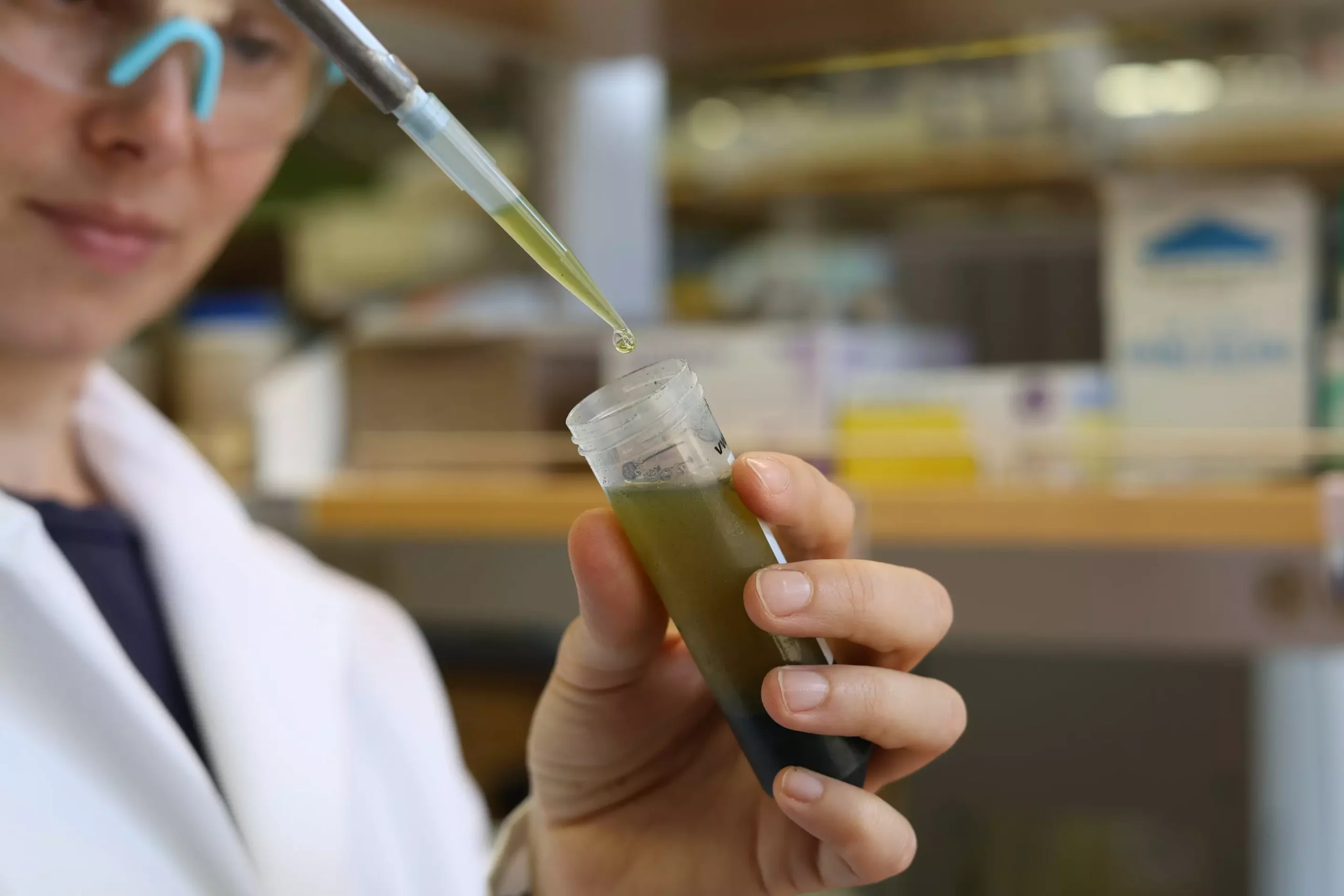Organofluorine compounds, commonly known as “forever chemicals,” have become a growing concern due to their presence in drinking water, oceans, and human blood. These compounds pose a potential threat to the environment and human health, making it essential to develop innovative methods to trace them back to their source when they contaminate aquifers, waterways, or soil.
Researchers at The University of Texas at Austin have recently devised a groundbreaking technique to identify and fingerprint forever chemicals, aiding in tracking their distribution in the environment. By passing samples through a strong magnetic field and analyzing the radio wave emissions from their atoms, researchers can determine the composition of carbon isotopes in the molecule, providing a unique fingerprint for each chemical.
Forever chemicals are characterized by strong molecular bonds that enable them to persist in the environment without breaking down, leading to their accumulation as pollutants in soil and organic matter. Conventional chemical fingerprinting methods are ineffective with these compounds due to the difficulty of breaking their tough molecular bonds in mass spectrometry.
To overcome the limitations of traditional analytical techniques, researchers turned to nuclear magnetic resonance (NMR) spectroscopy, which allows for the structural analysis and identification of isotopes without the need for molecule fragmentation. By utilizing computational tools alongside the NMR instrument, researchers can determine the mix of carbon isotopes at each position in the molecule, creating a unique barcode-like fingerprint for each chemical.
The newly developed technique offers promising applications beyond tracking forever chemicals, including detecting counterfeit drugs and exploring astrobiology. By leveraging the isotope information obtained through this method, researchers hope to gain insights into early Earth metabolism and other scientific inquiries.
The innovative fingerprinting technique developed at The University of Texas at Austin represents a significant advancement in the field of environmental science and organic chemistry. By enabling the identification and tracking of forever chemicals, this method has the potential to revolutionize pollution monitoring and regulatory efforts aimed at safeguarding human health and the environment.


Leave a Reply